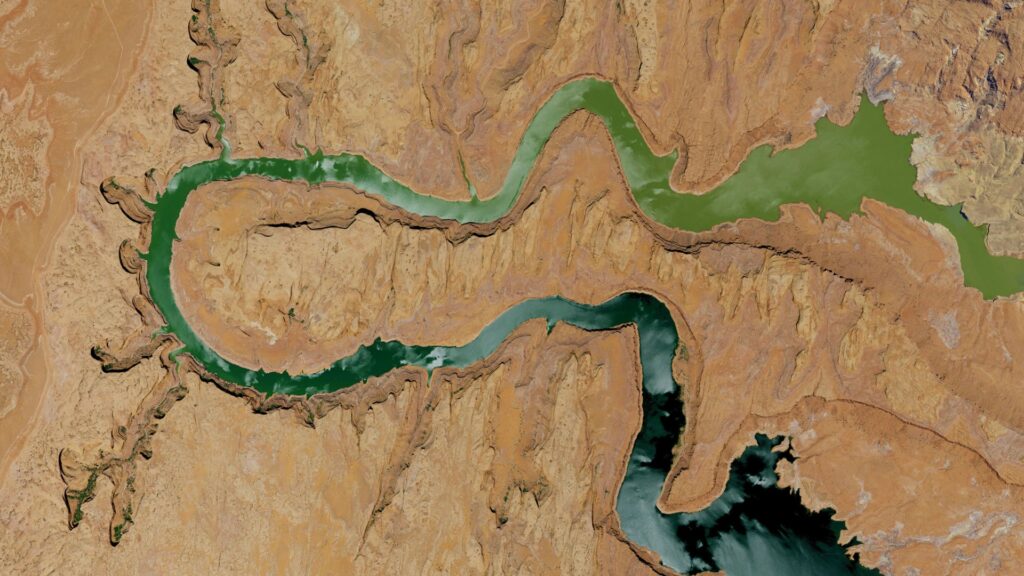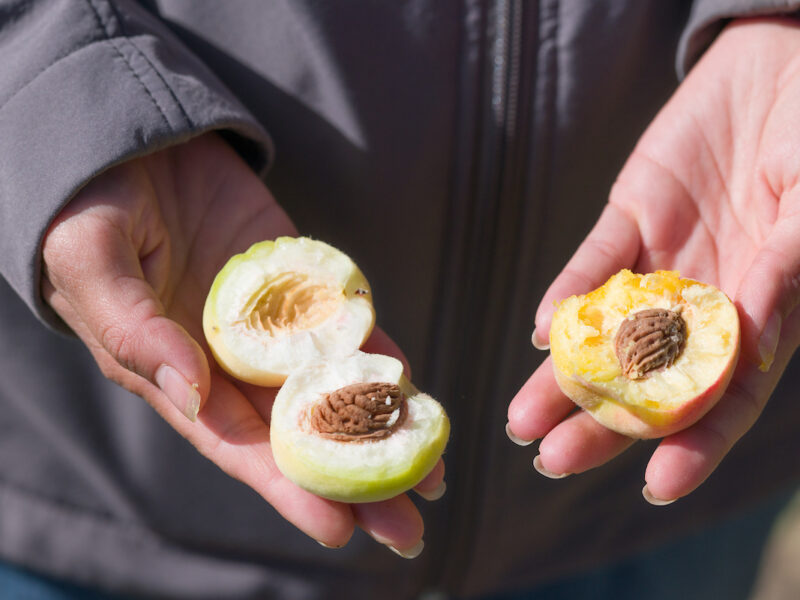
Water Weekly for September 6th
If you can only read three stories about Western Water this week, read these:
1. The struggle to save the Colorado River stalls, but potential solutions emerge
“Climate change and drought have brought the Colorado River system to its knees. For it to rise again will require intense cooperation and mutual sacrifice,” closes this long and comprehensive look at the negotiating positions of many of the key players in the Colorado River crisis from Colorado Politics reporter Marianne Goodland. After the seven Colorado River Basin States blew past the Bureau of Reclamation’s August 16 deadline to formulate a plan to cut 2-4 million acre feet of water use per year starting in 2023, Goodland set about figuring out what path forward the various stakeholders might see. By taking the pulse of everyone from the Metropolitan Water District of Southern California to Denver Water to the Colorado River District and the Southern Nevada Water Authority in Las Vegas to the attorney general of Colorado, Goodland pieces together some room for optimism. Everyone appears to consider the crisis very serious, for one. Everyone mentions the need for shared sacrifice. NGOs praise portions of various conservation plans and proposals that have been floated in both the Upper and Lower Basins. But with no new deadline from the Feds, and previously-agreed cuts already biting, it is hard to see what might finally cause the logjam holding back an agreement to give way.
2. The Southwest is running out of fresh water. Could the ocean provide a cure?
In this special report for NPR, Alex Hager takes us to North America’s largest desalination plant, on the coast of the Pacific Ocean in Carlsbad, California, to determine what role, if any, desal might play in solving the Colorado River crisis. The answer, from a variety of experts across the Southwest, is probably not much. The Carlsbad facility (again, the continent’s largest) only provides 10% of San Diego’s drinking water. A proposal by Arizona governor Doug Ducey to swap Colorado River water with Mexico in exchange for funding a giant desal plant on the Gulf of California is “probably the most expensive water supply that would be available as one of the many solutions to Colorado River shortage issues,” Hager quotes Sarah Porter, director of the Kyl Center for Water Policy at Arizona State University. That’s because that plan still requires pumping the desalinated water 300 miles to a reservoir in Morelos. Estimates place the price of water from the project at $2000/acre-foot, or 10 times the average price of Colorado River Water delivered by the Central Arizona Project today. In other words, “adding desalinated water to the drinking supply really only makes sense when it’s implemented near the coastline,” Hager writes. Jay Lund, a professor of civil and environmental engineering at UC Davis, thinks cities will likely pay farmers and ranchers for their water, and tear up lawns and invest in water recycling and stormwater capture long before desal makes sense. But others say research should continue to be a priority. After all, “Probably the worst time to build a desal plant is in a drought,” Sarah Porter said. “It’s kind of like grocery shopping when you’re hungry. ‘I don’t ever eat this stuff. Why did I buy this?'”
3. Is this the perfect crop for arid, fallowed farmland?
“What to plant on California’s fallowed farmland?” asks this piece from The Business Journal. Farming titan Steve Woolf, CEO of Woolf Farming, one of California’s largest agriculture firms is trying out agave, and he’s donated $100,000 to UC Davis to study the plant’s possibilities in California’s increasingly water-starved Central Valley. Woolf planted 1200 agave plants on fallowed fields on his Huron, California, farm two years ago, and says he has only needed to give them 3-4 inches of water since. That’s compared to 48 inches a year needed by nearby almond trees. But agave takes eight to 11 years to mature before it can be turned into a tequila-esque spirit, currently among the fastest growing adult beverage segments. Any distilled agave produced in California could not be called Tequila or Mezcal, which, like Scotch and Bourbon, are names specific to their territory of origin. And there are not currently any distillers providing a market for California-grown agave. Still, Woolf is taking an “if you grow it they will come” approach. A cash crop that could grow on non-irrigated land, as the mega drought shuts off the tap for more and irrigators in the Golden State: well, it’s enough to turn a man to drink.
Did you notice there was no Water Weekly last week? We were busy getting Volume 5 of On Land ready for print! If you don’t currently get the print version, I strongly encourage you to subscribe. Give as little as $30/year to Western Landowners Alliance, and we’ll mail you a copy of each of our two annual issues. Your subscription supports our landowner-led storytelling, plus coverage of critical issues like water in the West. Best of all, it helps sustain working lands, connected landscapes and native species! Subscribe here now.
Get the Water Weekly in your Inbox each week.





